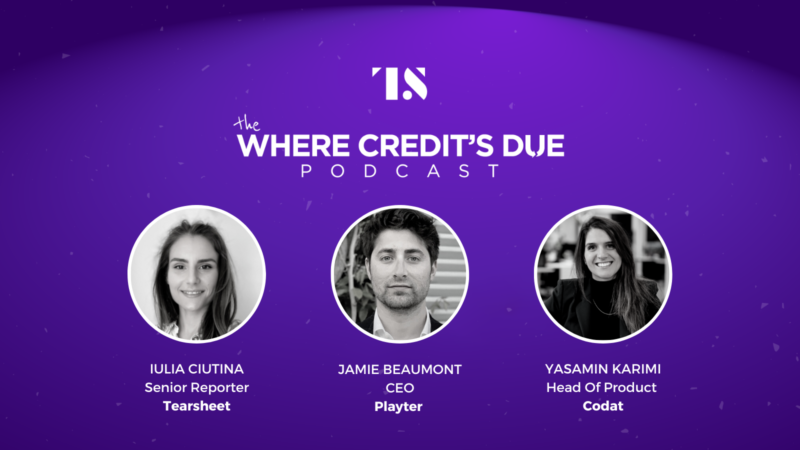Where Credit's Due Podcast
Where Credit’s Due Ep. 9: How B2B BNPL works, with Codat and Playter
- While B2C BNPL continues to dominate the headlines, its less talked about cousin in the more significant B2B world is just starting to get the spotlight.
- On today's episode, host Iulia Ciutina is chatting about B2B BNPL with her guests Jamie Beaumont, CEO at Playter, a B2B BNPL fintech based in the UK, and Yasamin Karimi, Head of Product at Codat.








